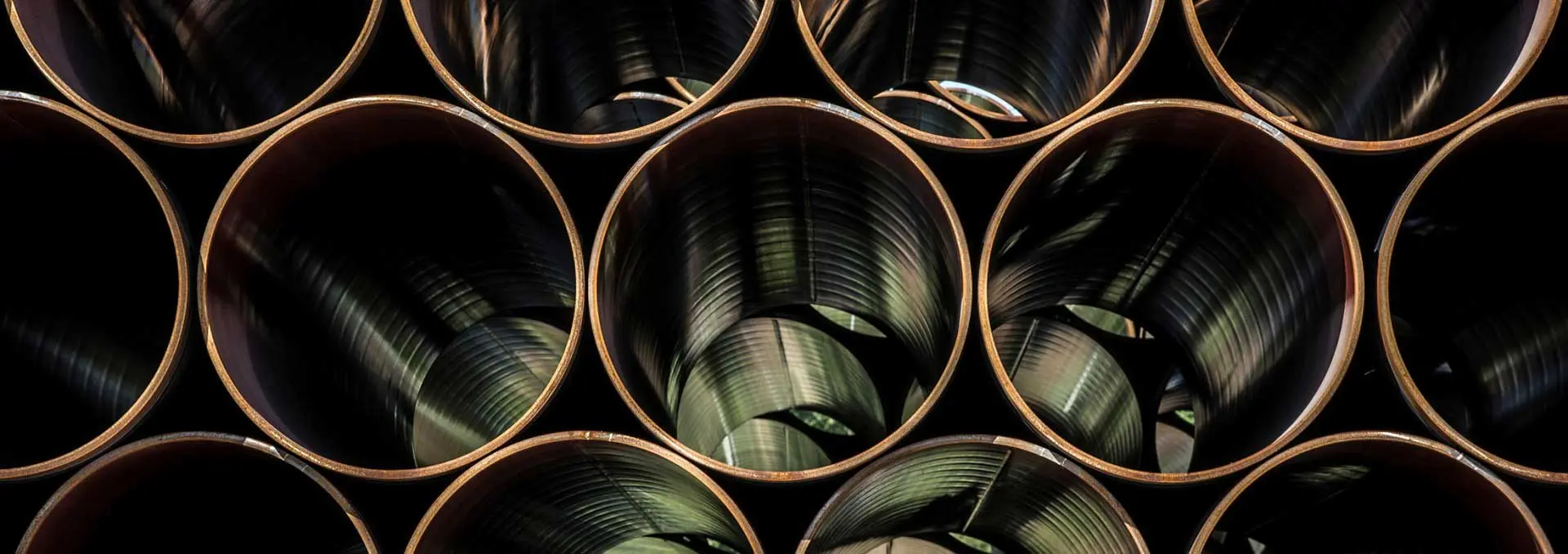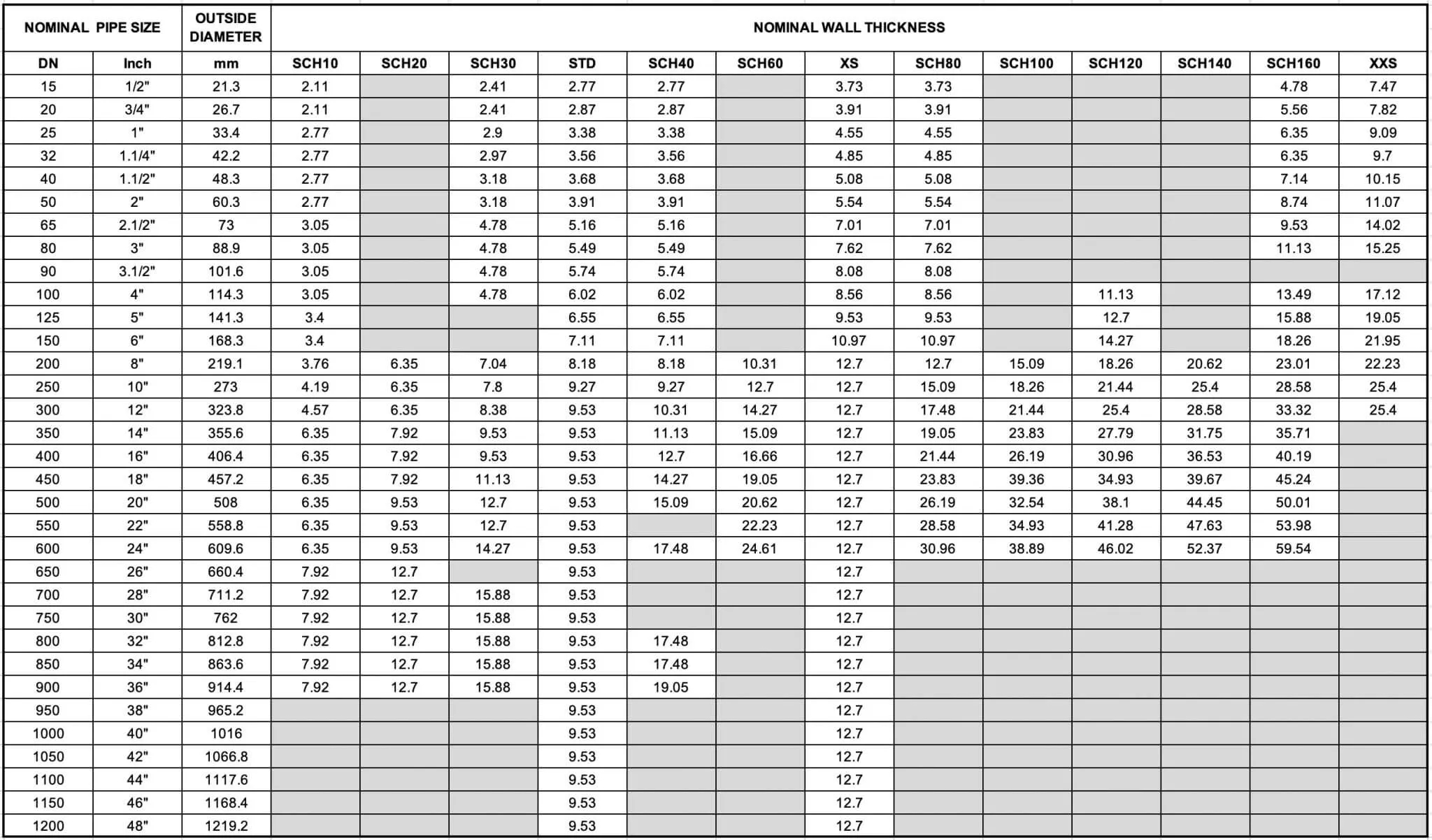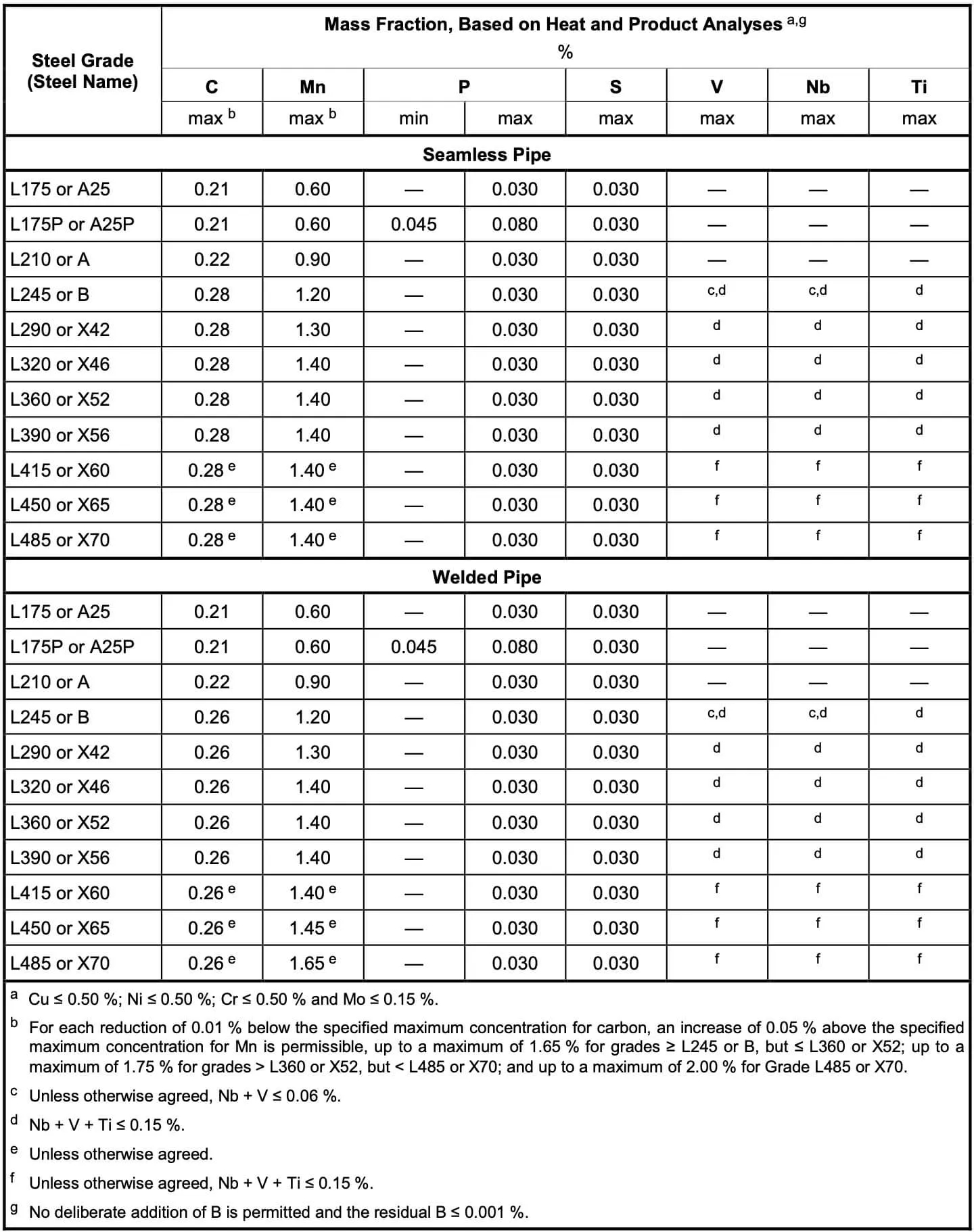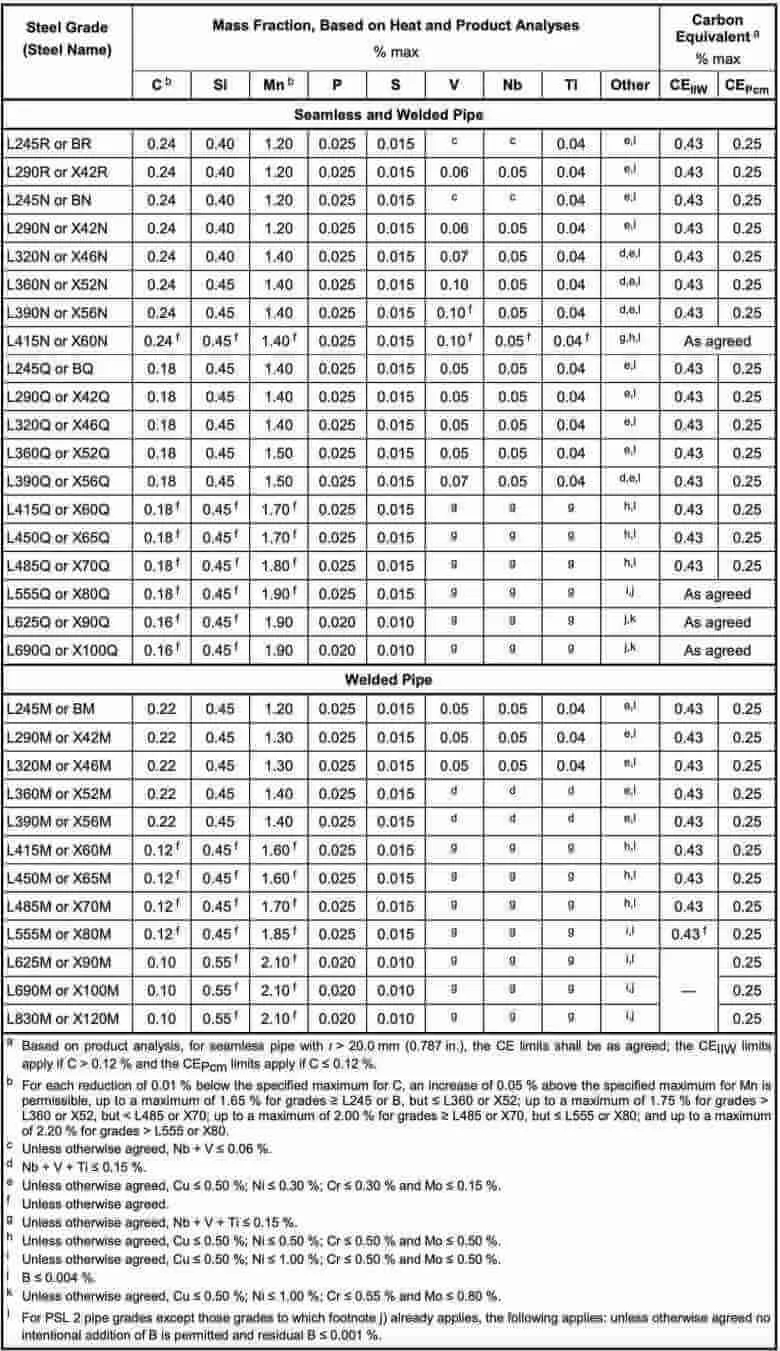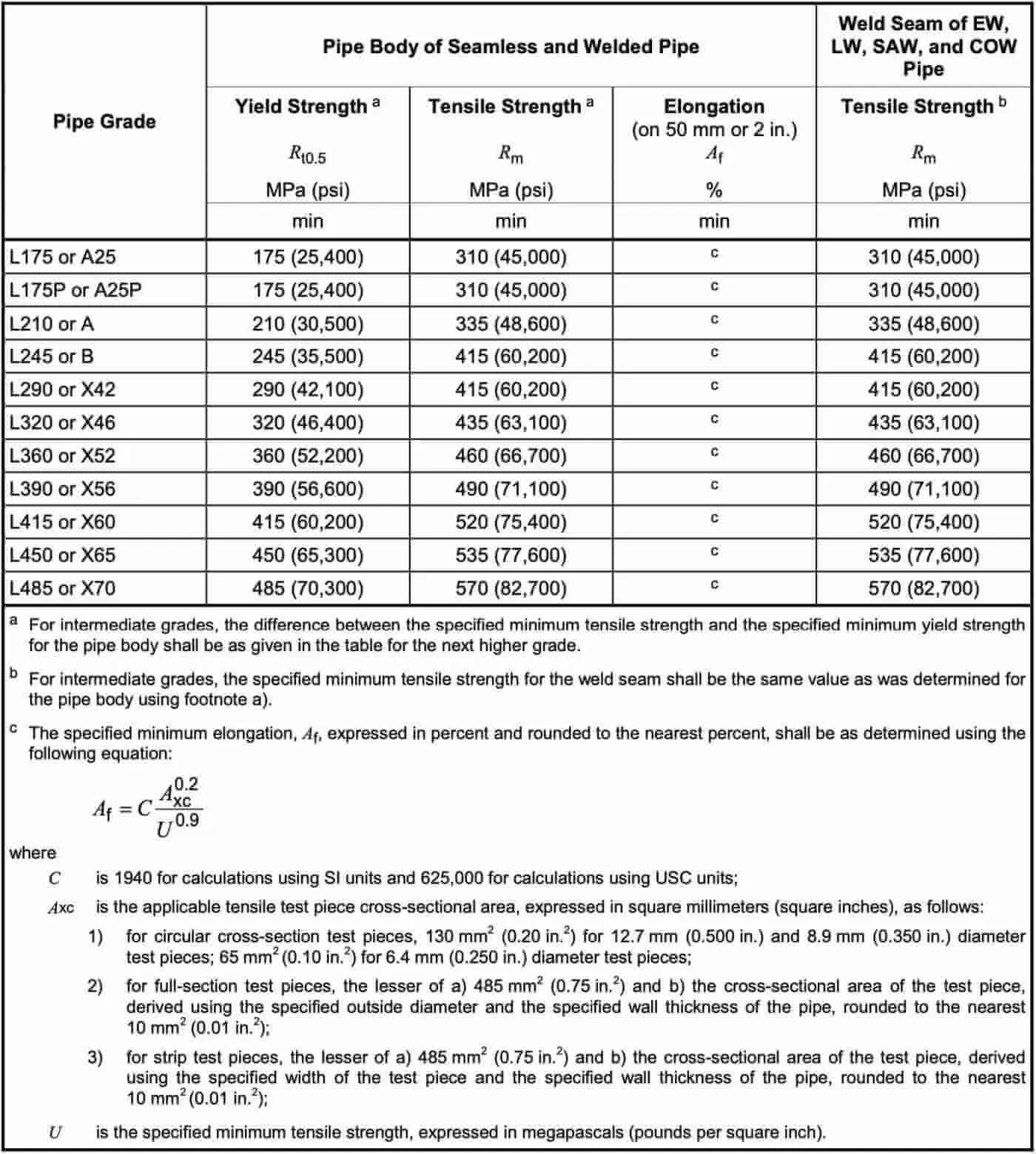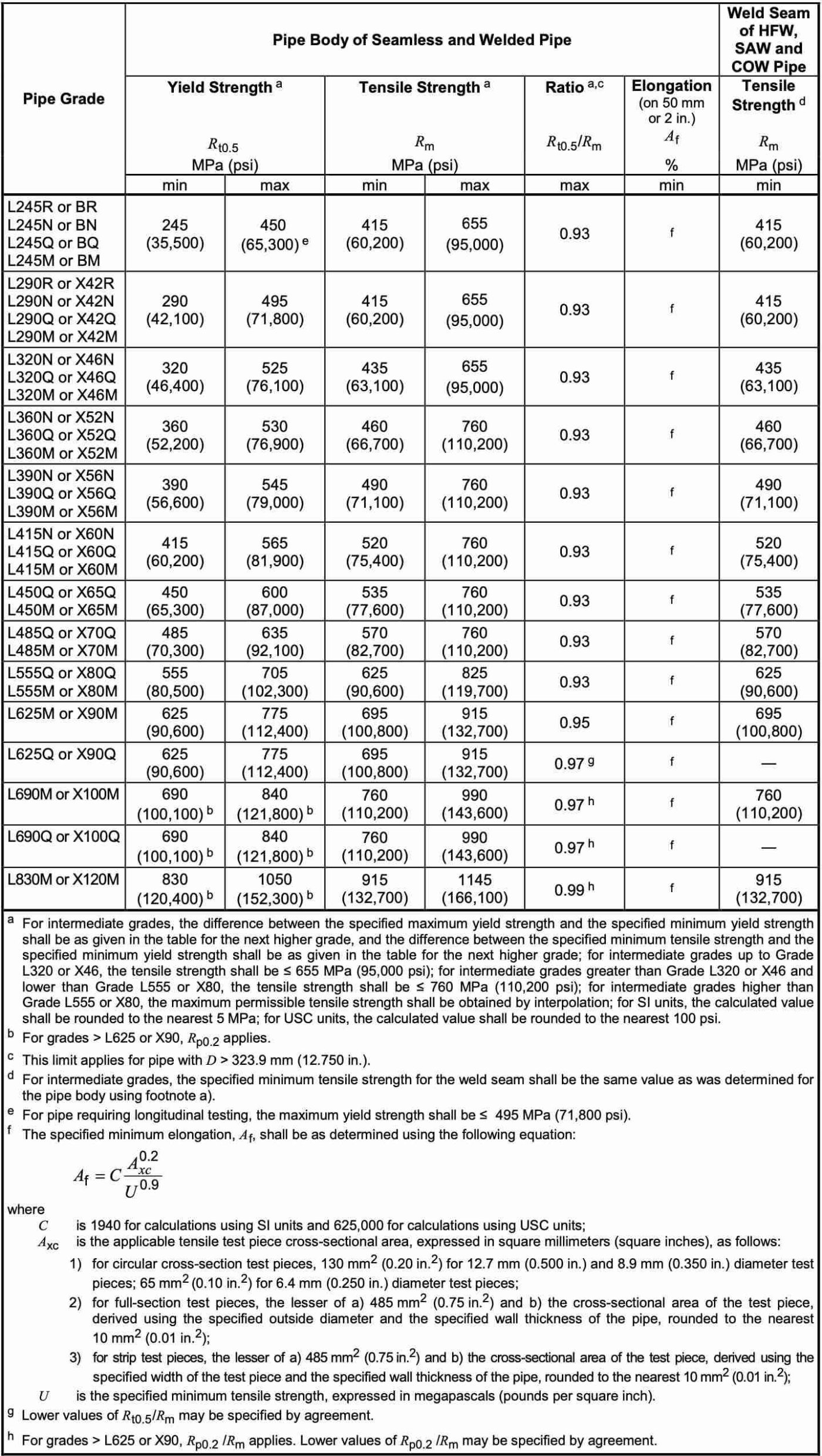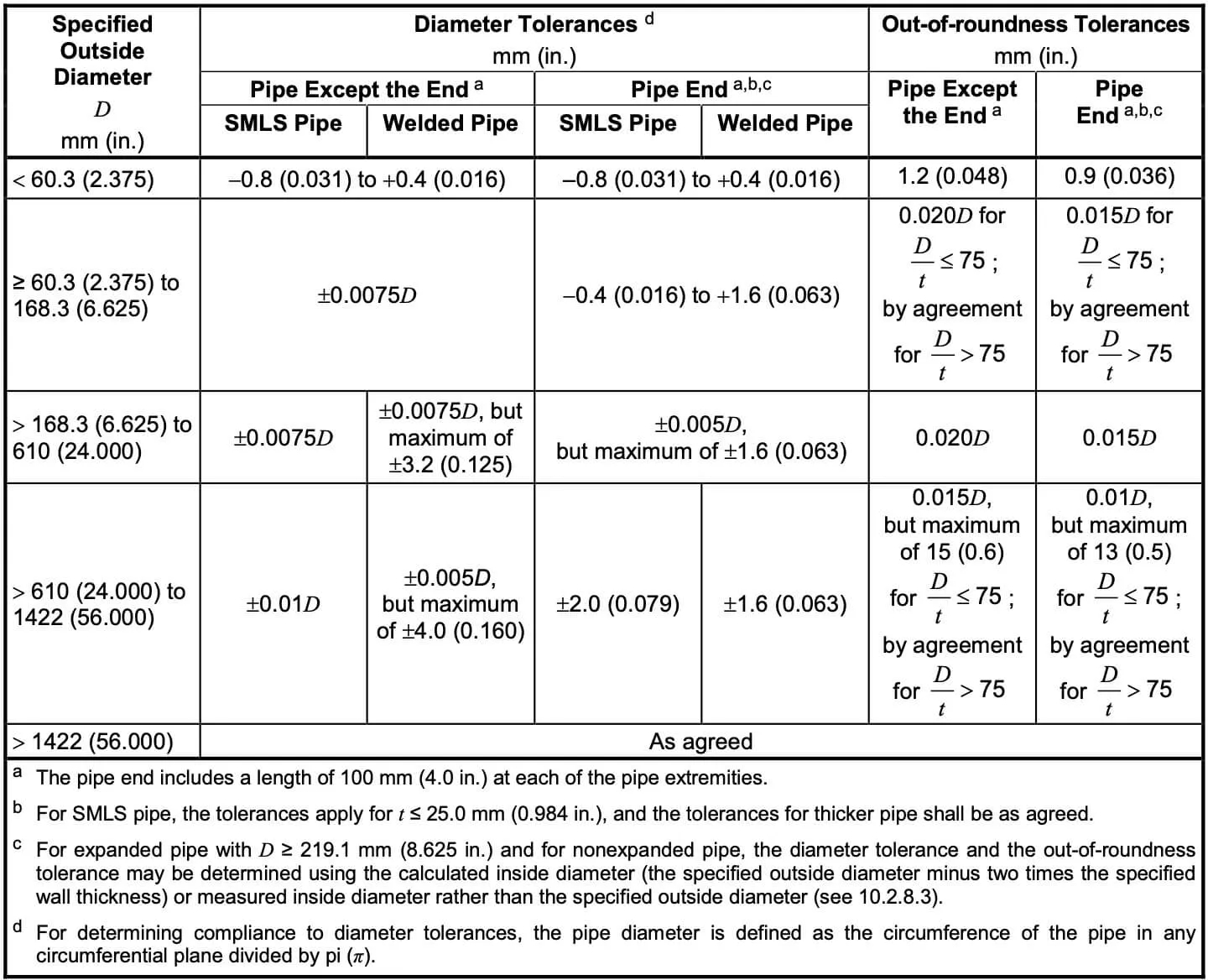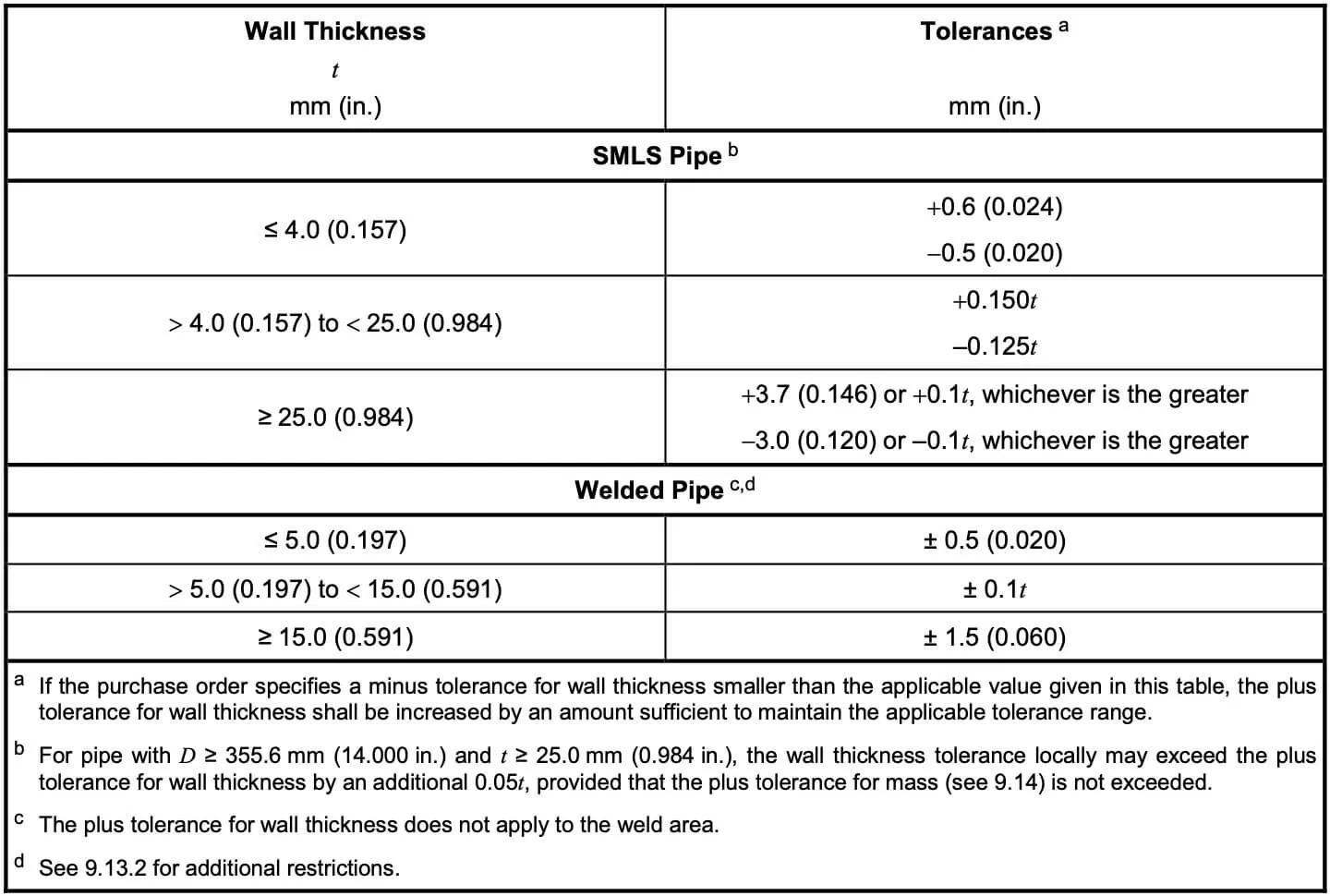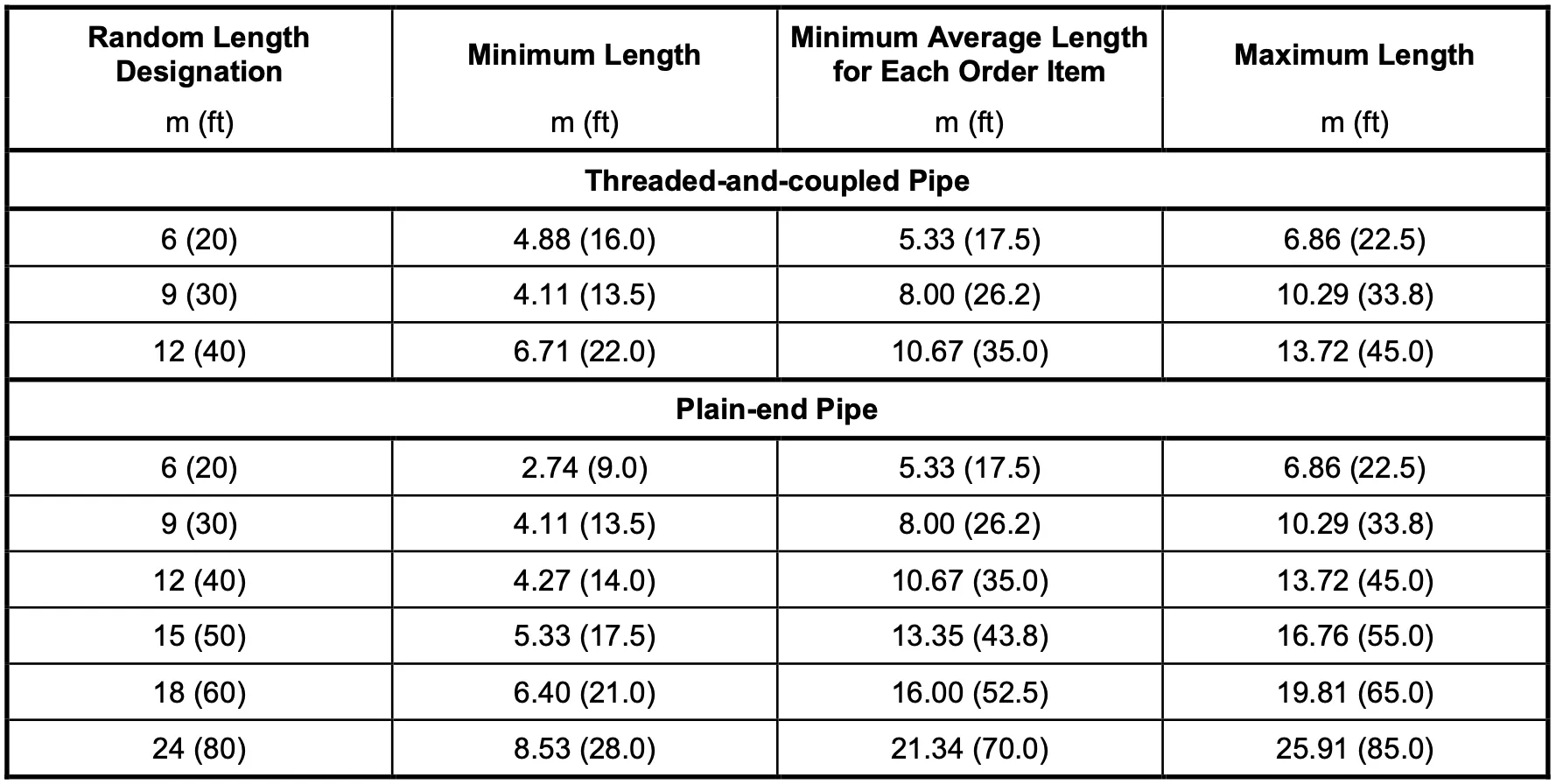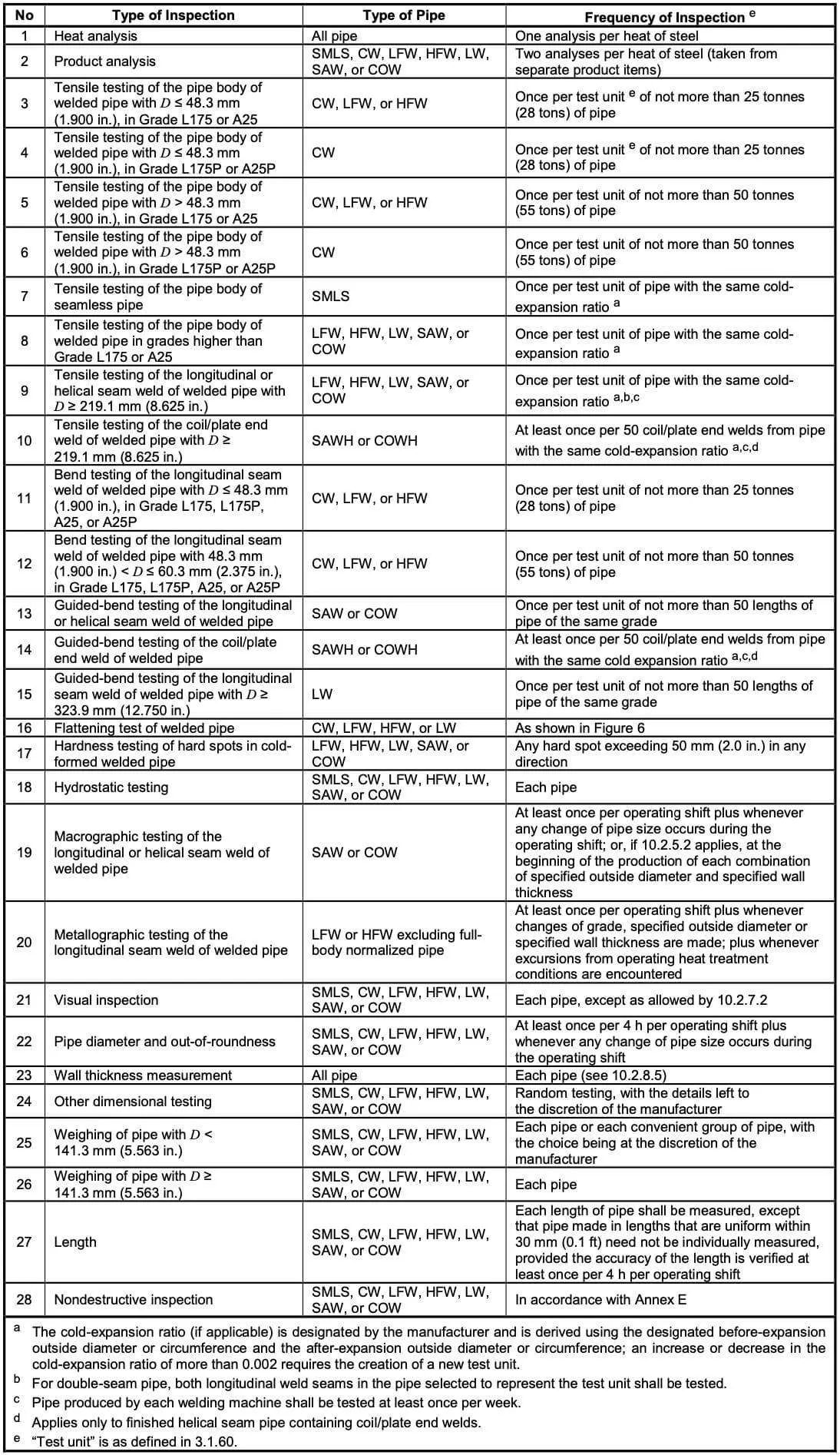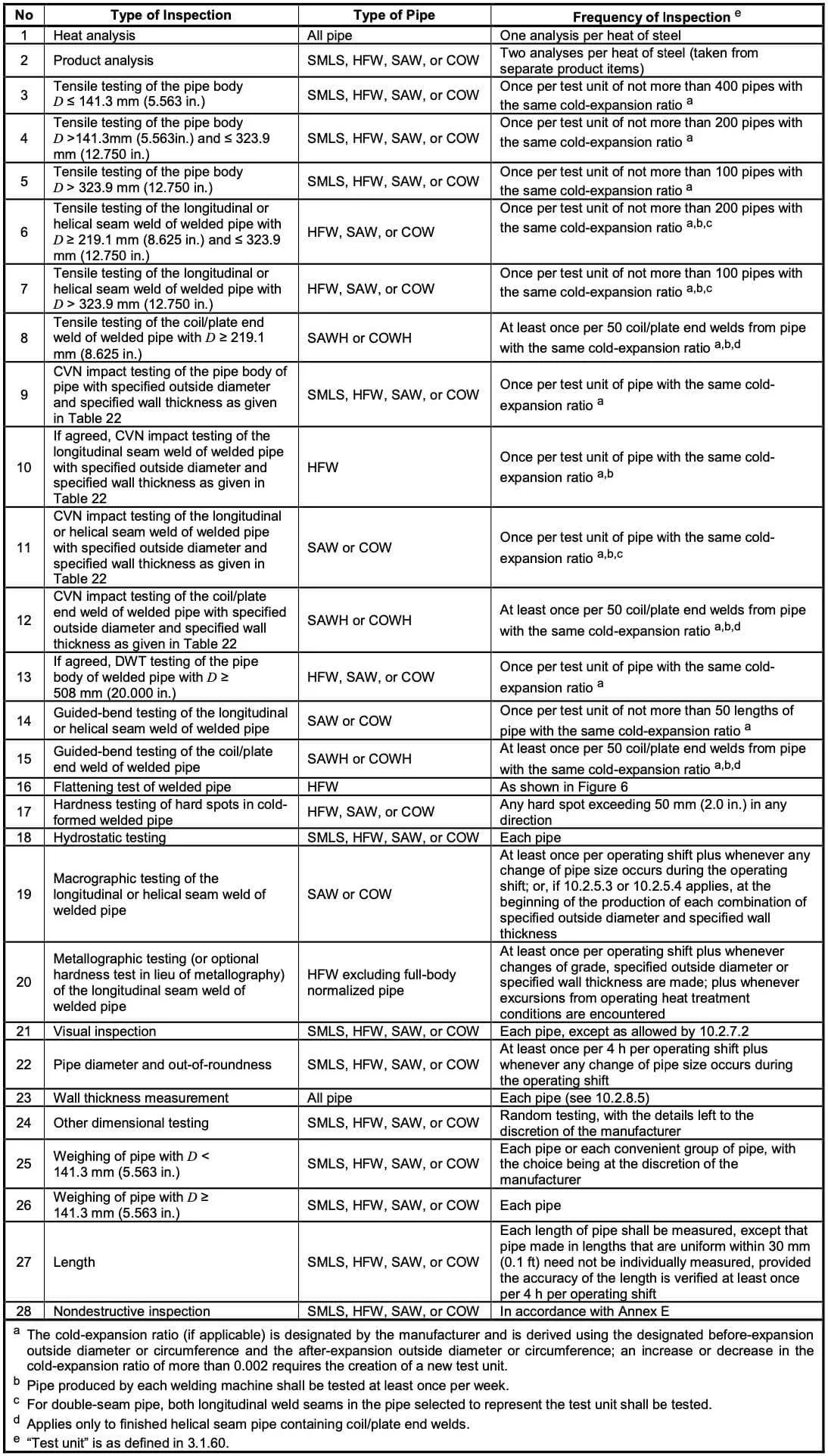A hydrostatic test is a type of pressure test that is commonly used during the production of line pipes. The test is used to check for leaks in the weld seam or pipe body. To conduct the test, water is pumped into the pipe until it reaches a predetermined pressure. The pipe is then monitored for any leaks. If a leak is detected, the pipe will need to be repaired or replaced. The hydrostatic test is an important quality control measure that helps to ensure the safety and integrity of pipes.
- Bending Test
A bending test is a type of quality control test that is performed during steel pipe production. The purpose of the test is to check for cracks in the welds, as well as to assess the strength of the steel. To perform the test, a sample piece of pipe is bent into a U-shape. The steel is then examined for cracks or other signs of weakness. If any are found, the entire batch of steel pipes will be scrapped and a new batch will be made. However, if the bending test proves successful, the steel pipes will be approved for use.
- Flattening Test
A flattening test is a steel line pipe production test that assesses a steel tube’s resistance to deformation and cracking under stress. It is an important quality control measure that helps ensure the steel used in line pipe products is of the highest possible quality. The test involves applying pressure to a steel tube until it deforms or cracks. The flattening test will reveal the pipe’s resistance to longitudinal and circumferential cracking. The results of the test help determine the steel’s strength and ductility, two important properties for steel used in line pipe applications. Flattening tests are just one of many quality control measures that are used during steel line pipe production, but they play an important role in ensuring the safety and integrity of the final product.
- CVN Impact Test
The CVN impact test is a temperature test that is conducted during pipe production in order to ensure the mechanical properties of the pipe. The test is conducted on three different positions on the pipe: the body, the welding seam, and the heat-affected zone. The results of the test are used to determine the Charpy V-notch impact strength of the pipe. The CVN impact test is an important quality control measure for pipe production, and it is required by the American Petroleum Institute (API) in order to meet its standards.
- DWTT
The DWTT test, or drop-weight tear tests, are specified in the API 5L pipeline production specification. In this test, a large weight is dropped onto a pre-weakened point on a sample of pipe. The resulting fracture is examined to ensure that it meets the requirements for ductile fracture behavior. This test is important because it helps to ensure that pipes will be able to withstand the stress of being transported and installed without breaking. As a result, the DWTT test is an essential part of the quality control process for large diameter line pipes.

 English
English Español
Español




 Tel : +86-18565811709
Tel : +86-18565811709 Email :
Email : 